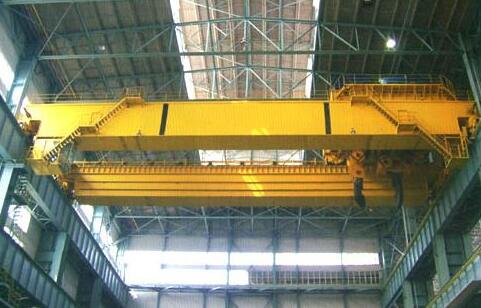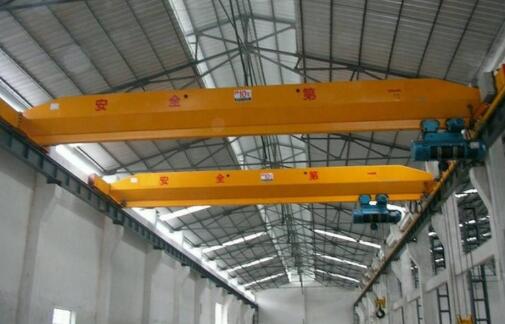When you compare a 100-ton overhead crane with a 10-ton overhead crane, there are a lot of key differences. It is important to understand these differences before purchasing a crane for your company so that you can be sure the crane you purchase has the right lifting capacity for your needs.
The most obvious difference between these two types of cranes has to do with the amount of weight that they are capable of lifting. A 100-ton overhead crane can lift loads that weigh up to 200,000 pounds. These heavy-duty cranes are extremely powerful and provide a tremendous amount of lifting capacity.
A 10-ton overhead crane, on the other hand, is only capable of lifting loads that weigh up to 20,000 pounds. This is significantly less weight than a 100-ton crane can handle. Even though these cranes aren’t quite as powerful as cranes with heavier lifting capacities, they are appropriate for certain situations.

For instance, if your company never lifts loads weighing more than 20,000 pounds, there is no need to spend extra money on a heavy-duty crane (grúa para trabajo pesado) when a 10-ton crane is more than adequate for your needs. Generally, cranes with higher lifting capacities are more expensive than their smaller counterparts. If you want to save money, you should avoid buying a crane with a higher capacity than you need.
There also may be some differences between the design of the overhead crane when comparing 10-ton and 100-ton cranes. Most 10-ton cranes feature a single-girder design, with just one girder supporting the weight of the trolley and hoist.
100-ton cranes, on the other hand, are available in both single-girder and double-girder designs (diseño birriel). Most heavy-duty cranes like these have two girders instead of just one. This makes it easier for them to handle heavier loads, ensuring that the weight is distributed evenly between the two girders. One benefit of choosing a crane with a double-girder design is that the trolley and hoist can be mounted above the girders. This provides additional clearance in the room by raising the hook height significantly.

The cost of the cranes is another way that they differ. A 10-ton crane will usually cost a lot less than a 100-ton crane. Small, lightweight cranes require fewer raw materials to make. They are also easier to install. As a result, the total cost of purchasing a smaller crane is usually far less than buying a heavy-duty crane.
As you can see, there are quite a few differences between 10-ton overhead cranes and 100-ton overhead cranes. 10-ton models are appropriate for businesses that lift relatively light loads, while 100-ton cranes are best for businesses that have to lift extremely heavy objects. The main difference between these two types of cranes is the total amount of weight that they can lift.
Ultimately, when deciding which model to buy, you need to think about the heaviest loads that you move in the day-to-day operation of your business. The crane that you purchase needs to have a lifting capacity that is high enough to handle the weight of these loads. To get good price of overhead crane (puente grua precio), you need to compare various manufacturer in the world.